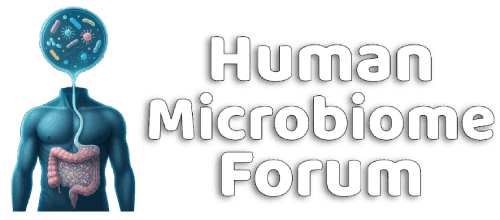Michael Harrop
Well-known member
https://medicalxpress.com/news/2024-11-fermented-feces-transplant-capsules-treatment.html
https://www.cell.com/iscience/fulltext/S2589-0042(24)01685-7
https://www.cell.com/iscience/fulltext/S2589-0042(24)01685-7
The goal is to replace fecal capsules now being used in so-called fecal transplants. Their new technique has shown potential in studies with mice and the hope is that it will improve this life-saving treatment through standardization and pave its way toward mainstream medicine.
Today, fecal transplants are standard treatment for only a few severe gastrointestinal diseases, such as infections with C. difficile (CDI), where patients' lives are at risk. This is highly effective, helping nine out of ten patients and saving numerous lives annually.
However, the fecal donation process remains a "brown box," as researchers in the field call it. The exact content of donor feces is unknown, and the precise effect of the microbial transfer on the recipient is not fully understood, which limits the treatment's broader use.
Highlights
• Chemostat fermentations enable reproducible propagation of enteric viral preparates
• Chemostat propagated viromes were diverse and composition dependent on dilution rate
• Chemostat propagation significantly reduced relative abundances of eukaryotic viruses
Summary
Recent studies indicate an important role of bacteriophages for successful fecal microbiota transplantation (FMT). However, wider clinical applications of FMT are hampered by to donor variability and concerns of infection risks by bacteria and human viruses.
To overcome these challenges, mouse cecal and human fecal material were propagated in a chemostat fermentation setup supporting multiplication of bacteria, and phages, while propagation of eukaryotic viruses will be prevented in the absence of eukaryotic host cells. The results showed decrease of the median relative abundance of viral contigs of classified eukaryotic viruses below 0.01%. The corresponding virome profiles showed dilution rate dependency, a reproducibility between biological replicates, and maintained high diversity regarding both the human and mouse inocula.
This proof-of-concept cultivation approach may constitute the first step of developing novel therapeutic tools with high reproducibility and with low risk of infection from the donor material to target gut-related diseases.
- Format correct?
- Yes
